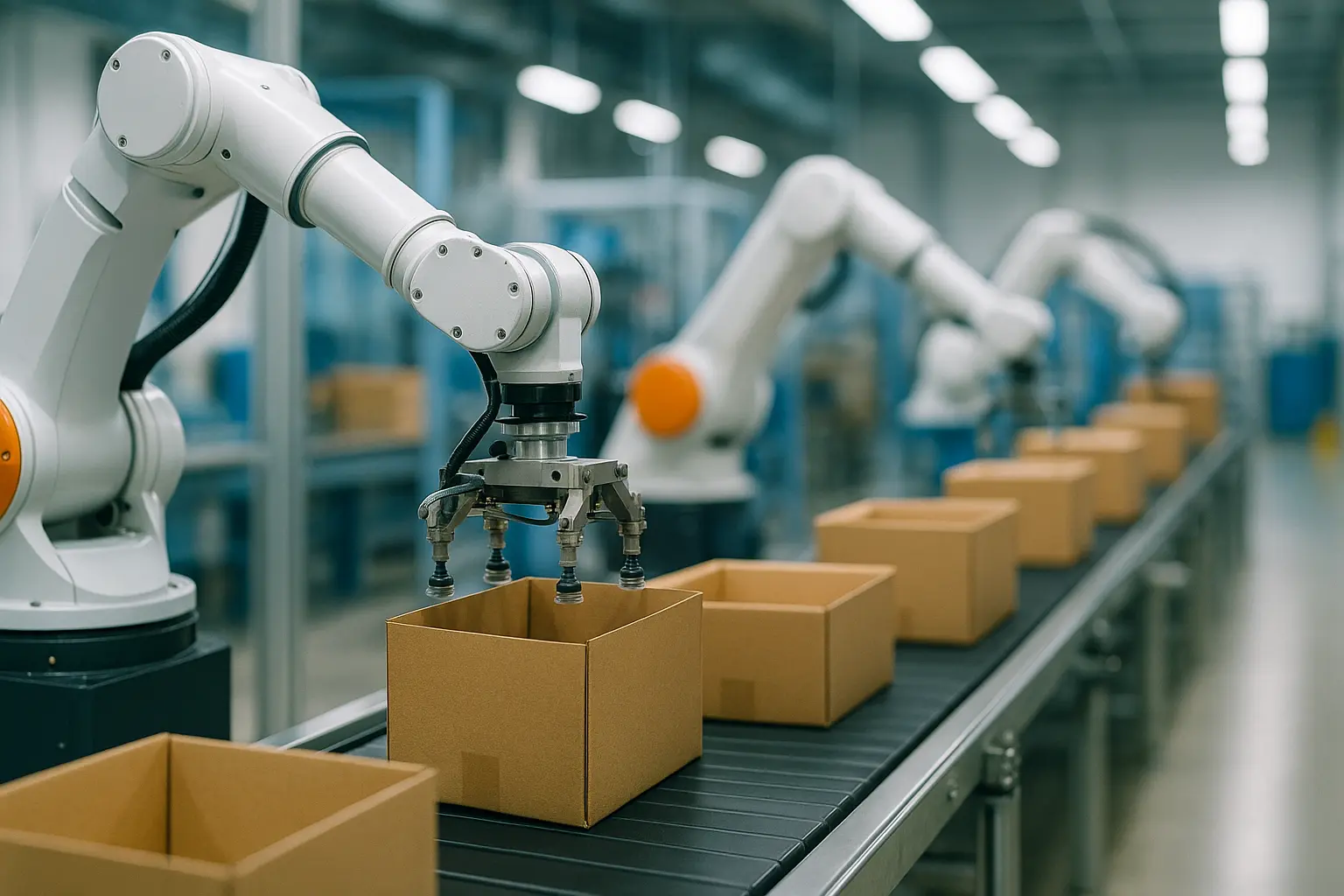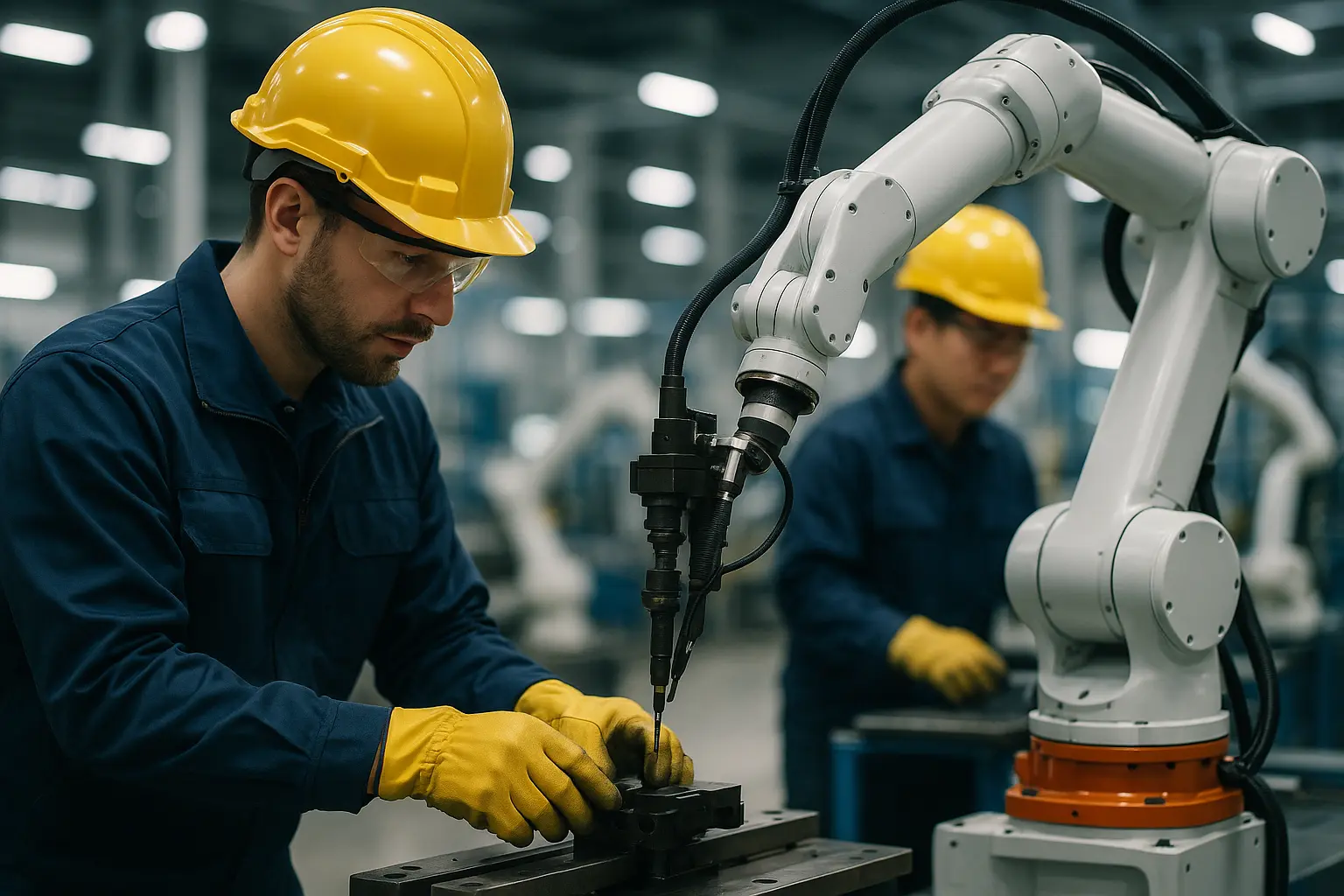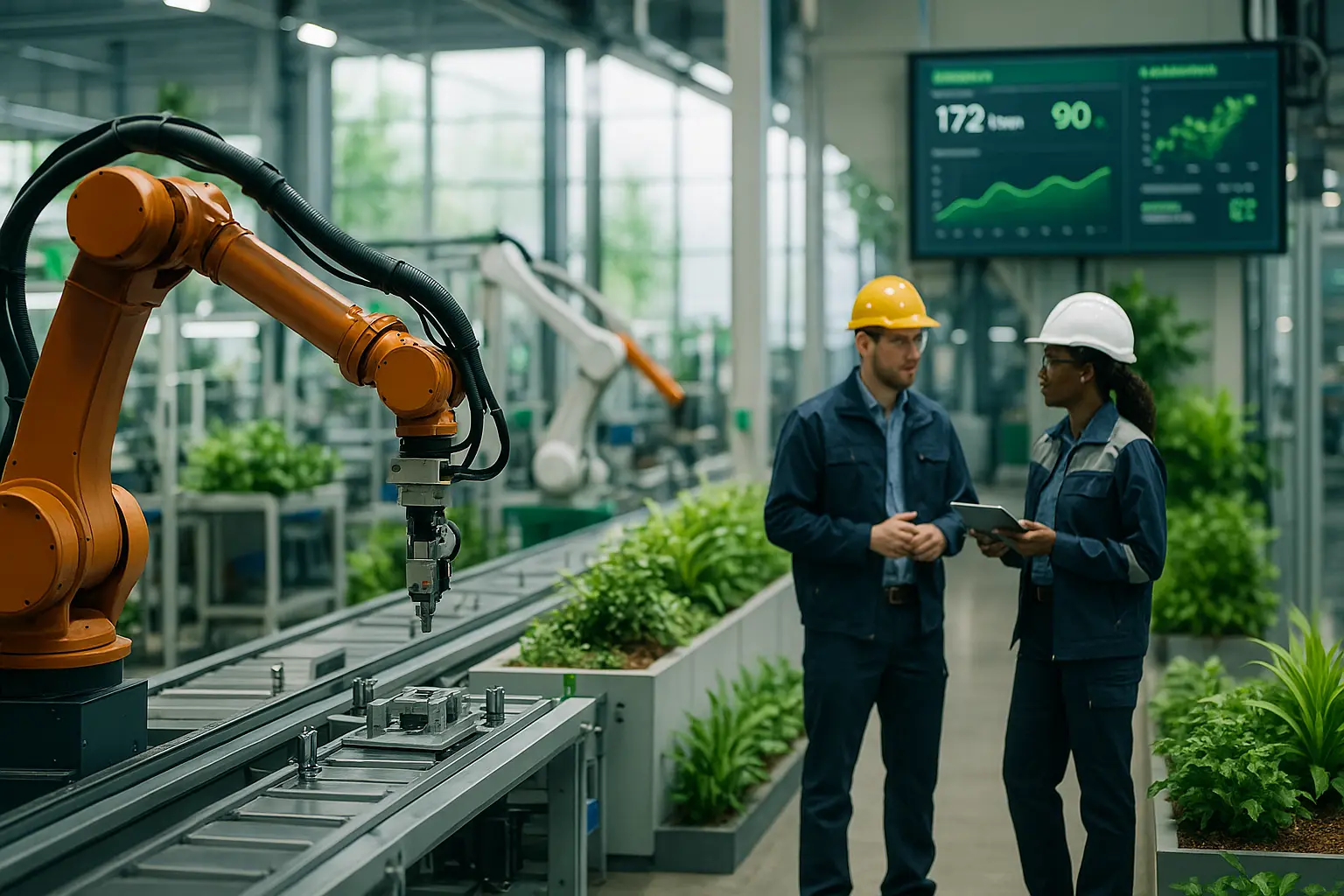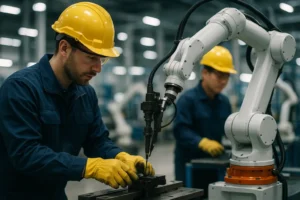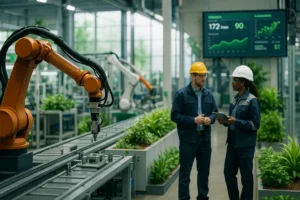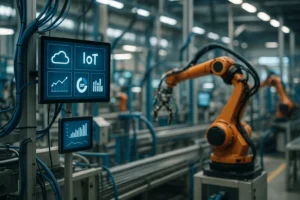Simple Examples of Automation in Packaging
Automation in the packaging industry is no longer a futuristic concept—it’s a reality that’s reshaping the way we think about product handling and distribution. Today, the systems we use are smarter, more efficient, and have become the backbone of modern production facilities. At the heart of this transformation is the integration of automated machines and robotics, which have redefined the boundaries of what’s possible. From reducing labor costs to enhancing quality control, automation offers a wealth of benefits that cannot be overlooked. Let’s delve into this fascinating world where innovation meets practicality.
The Rise of Automated Packaging Systems
In recent years, the shift from manual to automated packaging systems has been nothing short of revolutionary. As industry leaders, we have witnessed first-hand how machines have transformed the landscape of food products and beyond.
One of the key drivers of this transformation is the need for greater efficiency. By leveraging automation, businesses can significantly reduce time spent on repetitive tasks, freeing up resources and improving overall productivity. Automated systems not only streamline production processes but also enable real-time monitoring, allowing for rapid adjustments and improved quality control.
Moreover, automated machines are designed to handle a diverse range of products. Whether it’s delicate food items or durable goods, these systems are equipped with advanced sensors and algorithms to ensure precise handling and packaging. This adaptability means businesses can cater to a broader market, enhancing their product offerings while maintaining the highest quality standards.
Another compelling advantage of automation is the reduction in labor costs. By integrating robots and smart equipment, companies can minimize the need for manual intervention, which often leads to errors and inefficiencies. Instead, skilled labor can be redirected towards more strategic roles, fostering innovation and growth within the organization.
Despite the initial investment, the long-term benefits of automated packaging systems are undeniable. Lower operational costs, improved quality assurance, and enhanced production speeds are just a few of the outcomes that make automation a worthwhile endeavor.
Transforming Food Packaging with Robotics
In the realm of food packaging, the integration of robotics has been a game-changer. Robots have a unique ability to perform tasks with precision and consistency, which is crucial in maintaining the integrity and safety of food products.
One of the most significant enhancements provided by automated systems in food packaging is the ability to maintain a sterile environment. In industries where hygiene is paramount, such as in dairy or frozen foods, minimizing human contact is essential. Automated machines ensure that quality standards are met without compromising on safety.
Robotic arms, equipped with cameras and sensors, are used for sorting and packing food products into their respective containers. These automated machines can quickly and accurately identify products, ensuring that they meet the required standards before packaging. This level of precision significantly reduces waste, thereby lowering costs.
Furthermore, automation allows for customization on a grand scale. With the ability to swiftly change packaging designs and sizes, businesses can respond more dynamically to market demands. This flexibility means products can be packaged in various ways to suit different consumer needs without significant downtime.
The integration of machines in food packaging systems also aids in regulatory compliance. With stringent food safety standards in place, having a system that consistently adheres to these regulations is invaluable. Automation ensures traceability and accountability, making it easier for companies to demonstrate compliance and maintain consumer trust.
Maximizing Efficiency in the Production Process
The integration of automation into the production process is not merely an enhancement—it’s a necessity in today’s fast-paced market. To remain competitive, companies must embrace technologies that optimize workflow and minimize downtime.
Automated systems are pivotal in achieving these goals. Using machines, we can streamline operations by reducing the time it takes to move products from one stage to the next. This efficiency translates into faster turnaround times and increased output, allowing businesses to meet consumer demands more effectively.
One of the most notable advantages of automated production processes is the ability to monitor and control operations in real-time. This capability enables us to promptly address any production hiccups, ensuring that setbacks are minimized and quality standards are upheld. Additionally, the data collected during these processes can be used to identify areas for improvement, driving continuous innovation within the organization.
By incorporating automated systems, companies can also enhance their quality control measures. With precise control over every aspect of the production process, businesses can ensure that each product meets the required specifications, thereby reducing the risk of defects and recalls.
Moreover, automation reduces the physical demands placed on workers, resulting in a safer and more ergonomic workplace. As manual tasks are increasingly handled by machines, employees can focus on higher-level tasks, contributing more strategically to the company’s success.
Cost Savings and Value Addition Through Automation
In the competitive landscape of modern manufacturing, cost-effectiveness is paramount. The adoption of automation in packaging systems not only reduces operational expenses but also adds significant value to products.
One of the primary ways automation achieves cost savings is through the reduction of labor costs. By replacing manual tasks with machines and robots, businesses can cut down on the expenses associated with hiring, training, and managing human resources. This shift allows companies to reallocate their financial resources towards innovation and development.
Moreover, automated systems enhance the consistency and reliability of products, which in turn boosts consumer confidence and brand loyalty. When quality is consistently high, businesses can command premium prices for their products, further enhancing profitability.
Another benefit of automation is its impact on resource utilization. By optimizing production processes, companies can minimize waste and improve the efficiency of raw material usage. This not only lowers production costs but also aligns with sustainable practices, which are increasingly important to today’s eco-conscious consumers.
In addition to cost savings, automation provides opportunities for businesses to add value through innovation. With the ability to quickly adapt production systems, companies can introduce new products and packaging designs, staying ahead of market trends and meeting the ever-evolving needs of consumers.
In conclusion, the rise of automation in the packaging industry marks the beginning of a new era where efficiency, precision, and quality reign supreme. The integration of automated machines and robotics into production processes offers a wealth of advantages that are transforming the way we view product handling and distribution.
As we continue to embrace this technological revolution, the potential for innovation and growth is limitless. By investing in automation, businesses are not only optimizing their current operations but are also paving the way for a more sustainable and successful future.
Let us seize this opportunity to harness the power of automation and redefine the way we package and deliver products to the world. Together, we can embark on this journey towards a more efficient, cost-effective, and innovative industry.
FAQ
What is packaging automation?
Packaging automation refers to the use of machinery and technology to streamline and simplify the packaging process. This can involve using automated systems to handle tasks like filling, sealing, labeling, and palletizing products.
What are some common examples of automation used in packaging?
Common automation examples in packaging include robotic arms for pick-and-place operations, conveyor systems for transporting goods, automated labeling and sealing machines, and vision systems for quality inspection.
How can automation improve efficiency in packaging processes?
Automation enhances efficiency by reducing manual labor, minimizing errors, and increasing the speed and consistency of packaging operations. This leads to faster production times, lower operational costs, and improved product quality.
Is packaging automation suitable for small businesses?
Yes, packaging automation can be tailored to fit the needs of small businesses. Many scalable solutions are available, allowing smaller operations to automate specific tasks without significant upfront investment. This can lead to increased productivity and competitiveness.
Are there any challenges associated with implementing packaging automation?
Challenges may include the initial cost of equipment, the need for staff training, and potential integration issues with existing systems. However, these can often be mitigated through careful planning, choosing the right technology, and working with experienced vendors.
